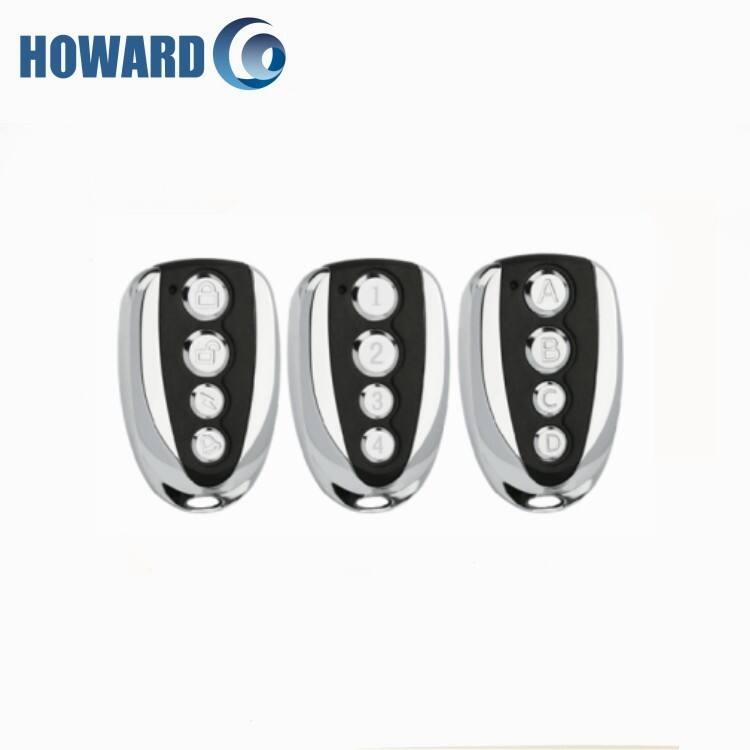
A safety certified emitter is a device that has undergone rigorous testing and evaluation to meet specific safety standards and regulations. This certification ensures that the emitter can be used safely in various environments without posing a significant risk to users or property. The safety certification process typically involves multiple aspects of testing. First, electrical safety is a major consideration. The emitter's electrical components are tested to ensure that there are no risks of electric shock, short - circuits, or overheating. This includes checking the insulation integrity of wires and components, as well as evaluating the grounding mechanisms. For emitters that operate at certain frequencies, such as electromagnetic or radio - frequency emitters, the emission levels are closely monitored. They must comply with regulations regarding the maximum allowable levels of radiation to protect users from potential health hazards associated with excessive exposure. In addition, if the emitter is used in environments where there are flammable substances, it will be tested for its ignition - proof capabilities. This is crucial in industries such as oil and gas, where any source of ignition could lead to catastrophic consequences. Safety certified emitters are used in a wide range of applications. In medical devices, for example, infrared emitters used for diagnostic or therapeutic purposes need to be safety - certified to ensure patient safety. In security systems, motion - sensing emitters must meet safety standards to prevent false alarms and ensure reliable operation. The presence of a safety certification provides users with confidence in the quality and safety of the emitter, and it is often a requirement for use in many commercial and industrial settings. When selecting a safety certified emitter, it's important to verify that the certification is from a recognized and reputable testing agency relevant to the application.
